Slow Growth
Our allotment sits just over 200 metres from home. It;s hard to imagine a more conveniently placed patch of earth. A cluster of around fourteen plots lies tucked behind a row of houses on our street. For years, we didn’t even know they were there. A locked gate world of fruit, veg and greenhouses; a sprouting shanty town if you like, kept safe from rogue elements by tall metal fences.
In our eighteen years of living in Dunston, I’d never once stepped inside, until our cat Sidney went missing last year, during Emma’s chemotherapy.
That first visit was anxious: cat box and apacket of Dreamies in hand, searching for a feline needle in an overgrown haystack. At the time, many of the plots had been abandoned. Trees, hedgerows, and brambles ran riot. Old bathtubs, shattered glass, and the relics of half-finished projects, filled the space. The rent was so low that many tenant simply left their plots to wilderness while continuing to pay, keeping the site frozen in disrepair.
I spent a week scouring the village, walking over 70 miles, distributing posters, and searching by torchlight. At last, someone spotted Sid, retreating within the fenced-off allotments. With help from the Cat Protection League and one of their humane traps, I was able to bringhim home. After seven days of heavy rain, his white coat was pristine. He’d clearly found shelter in one of the old sheds. The allotment had been his refuge. And in many ways, it's become ours too.
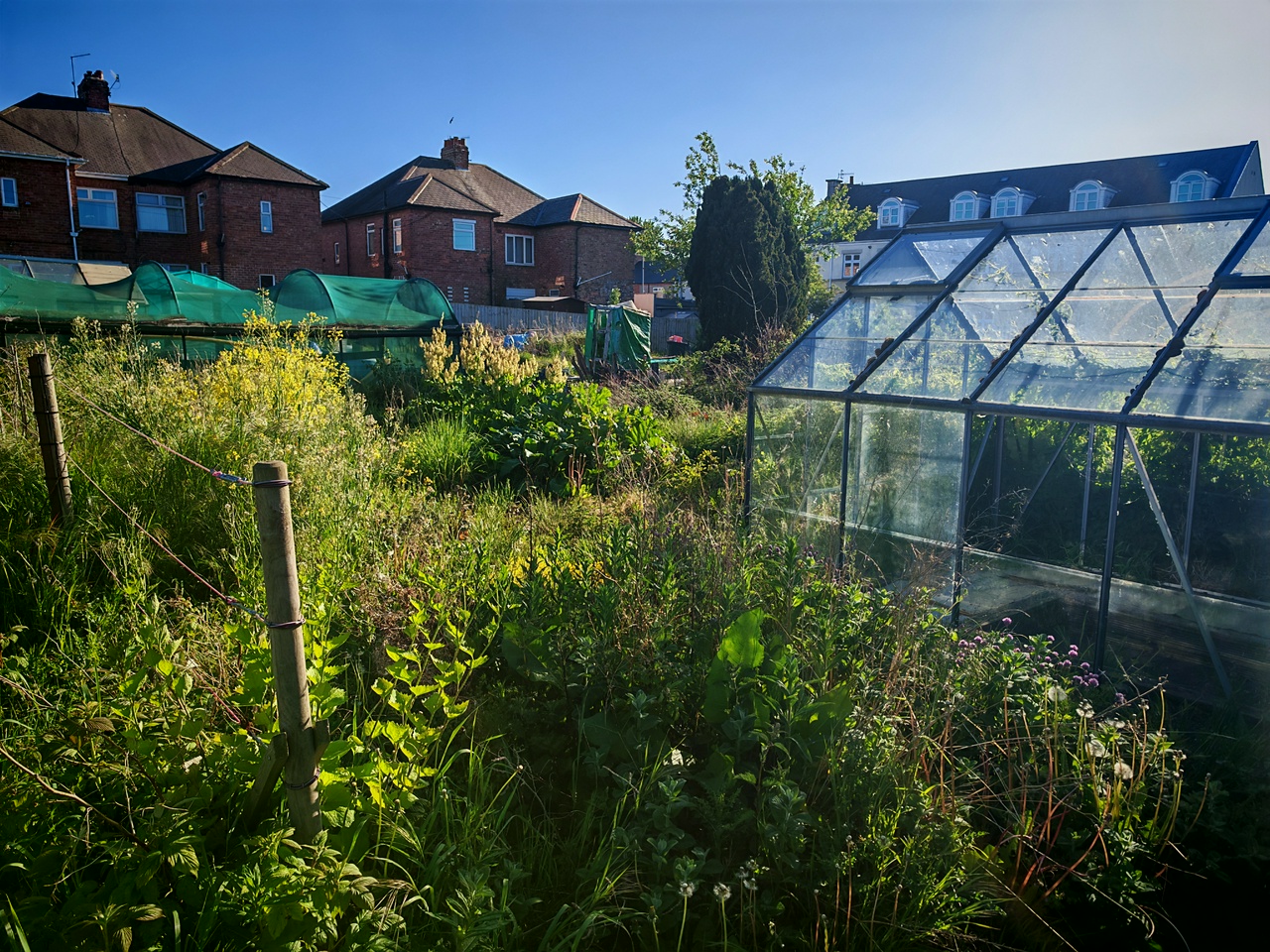
Earlier this spring, the Council began clearing part of the site, hoping to revitalise it and welcome new growers. Miraculously, having only been on the waiting list for a year, we were offered a plot. The catch? It was in a super rough state, used for years as a dumping ground. A dense tangle of roots, branches, and nutrient-starved soil, all of which would become our probelm to sort. Despite Emma’s looming surgery, we jumped at the opportunity. We started sketching plans for what we might grow.
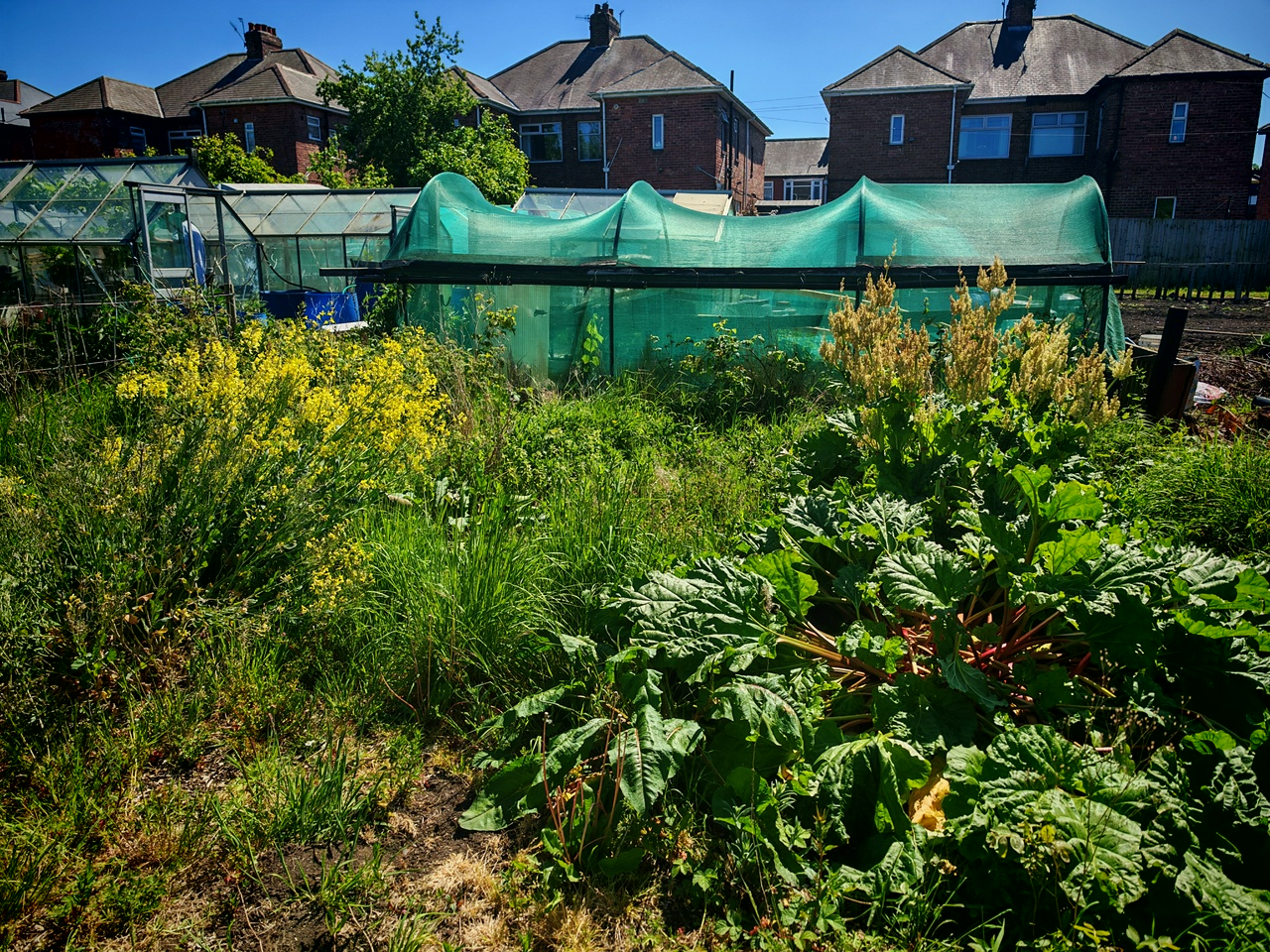
Before we received the key to the ancient padlock guarding the entrance, I was invited back to view a different space. A half plot once tended by Paul, the site’s former treasurer. At 78, Paul was in declining health and struggling to manage the full area. His offer came with warmth but also caution. Many newcomers, he said, arrive with energy but quickly abandon their plots.
I met him at 7am a few days after getting the key, sitting in one of his orderly sheds while he brewed tea on a Calor gas stove. Rain tapped the roof softly as we talked. He was kind, generous, and remarkably, someone I may have crossed paths with him years ago in my days as an Energy Officer in South Tyneside.
He’d worked the allotment for close to forty years. Handing over even half of it was no small thing. He's shared photos of the allotment was he first took over the plot and also of it in its productive pomp. I promised we’d pick up the reigns as best we could.
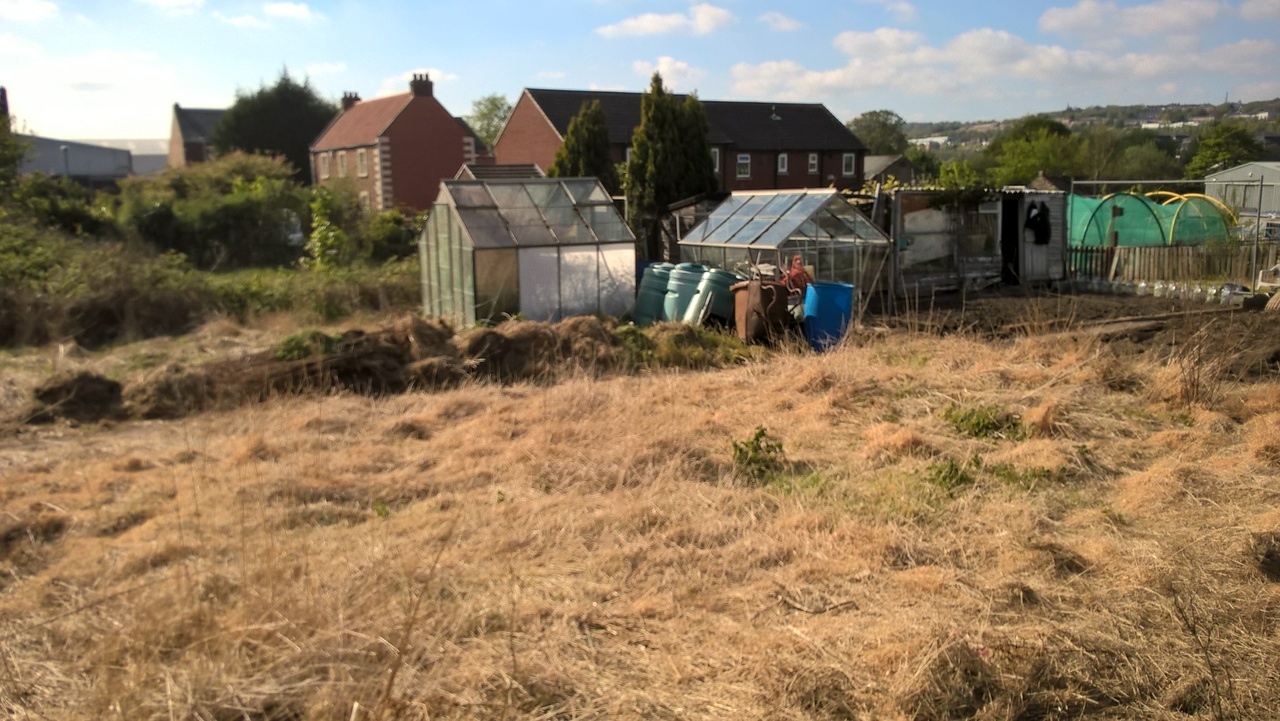
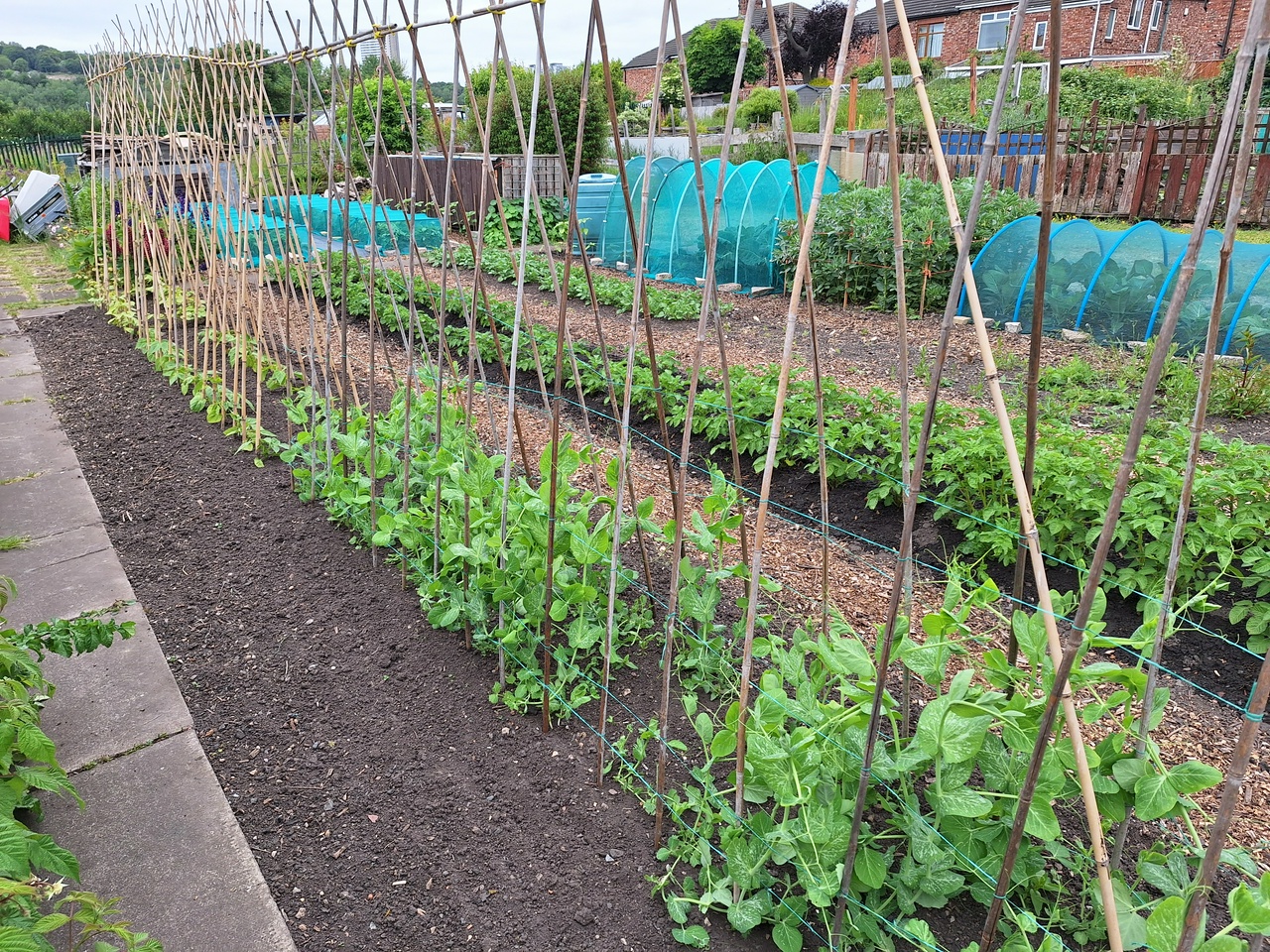
With the plot, came Paul's knowledge and care. The soil is rich and living, a legacy of his years spent watching, turning, growing. Paul text me often, always ready to lend advice or tools. He’s also preparing his “Nature Area’” for Emma/ a peaceful corner spot with a pond, bird feeders, and seating, somewhere to for her rest while I tackle the heavier tasks.
Back while Emma recovered from surgery, I spent two weeks, in between hospital visits, peeling back the fallow year. Cutting brambles, digging out stubborn roots, revealing the shape beneath. Now that Emma can visit, we’re restoring Paul’s greenhouse, laying new paths, and gently shaping the space into something that is both old and new.
I’d initially thought of the allotment as a little more than a garden. Now I see it differently. It’s a healing space; for Emma and for myself. I hope it to become a sanctuary where Emma can reconnect with nature’s rhythms, and where we both begin to rebuild.
We’ve kept much of what was already growing; rhubarb, raspberries, old fruit bushes. Our leeks and courgettes are settling in. The cabbages, well, you can't win everything. Every micro harvest feels like a celebration. But more than the crops, it’s the process that matters.
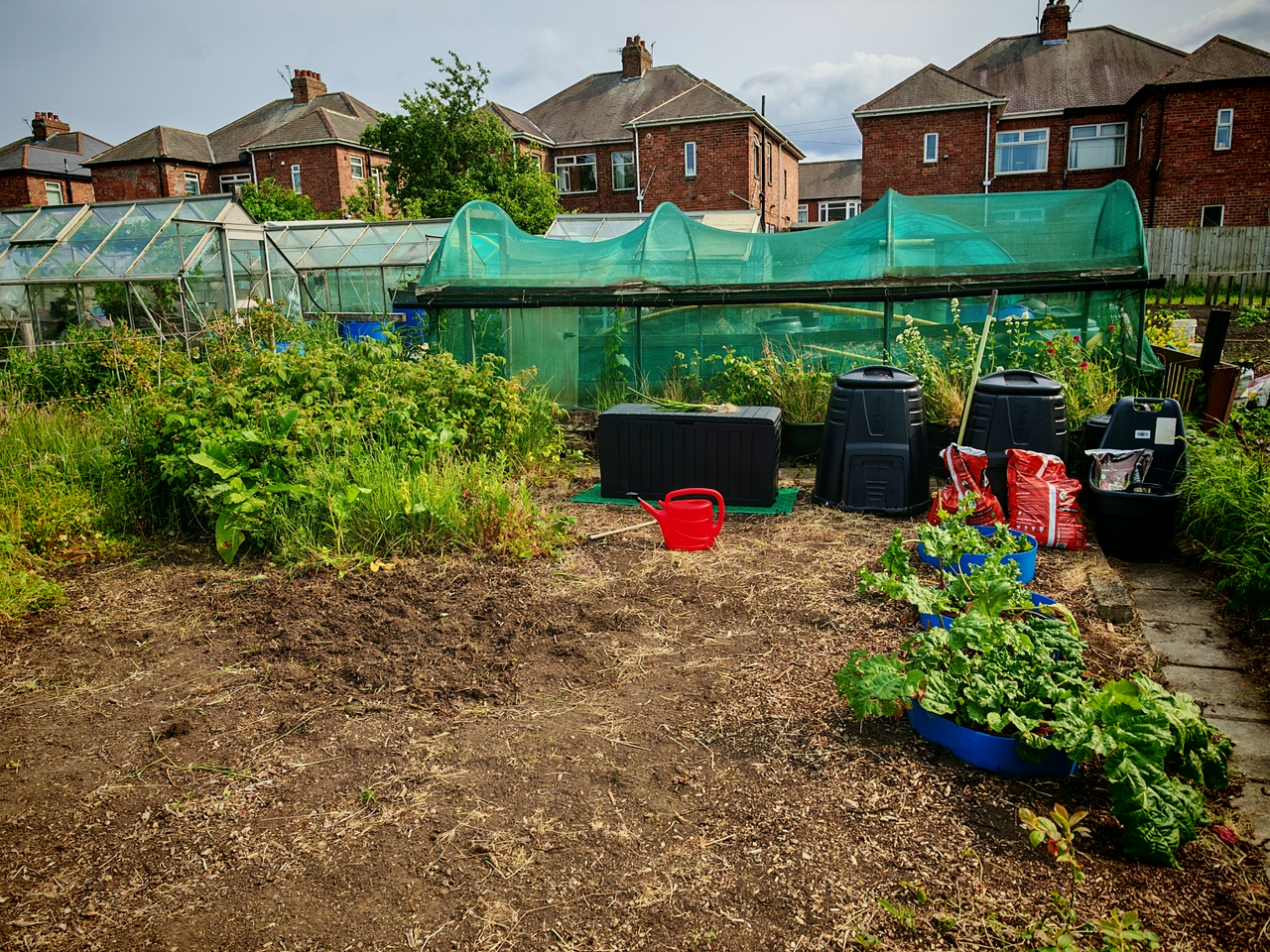
The hours I spend there, pulling endless weeds, strimming grass, watching bees and butterflies dart among the blossoms, have all become hugely important. Time slows. It breathes. As Paul reminded me: the most productive thing you can do on an allotment is sit; sit and watch.
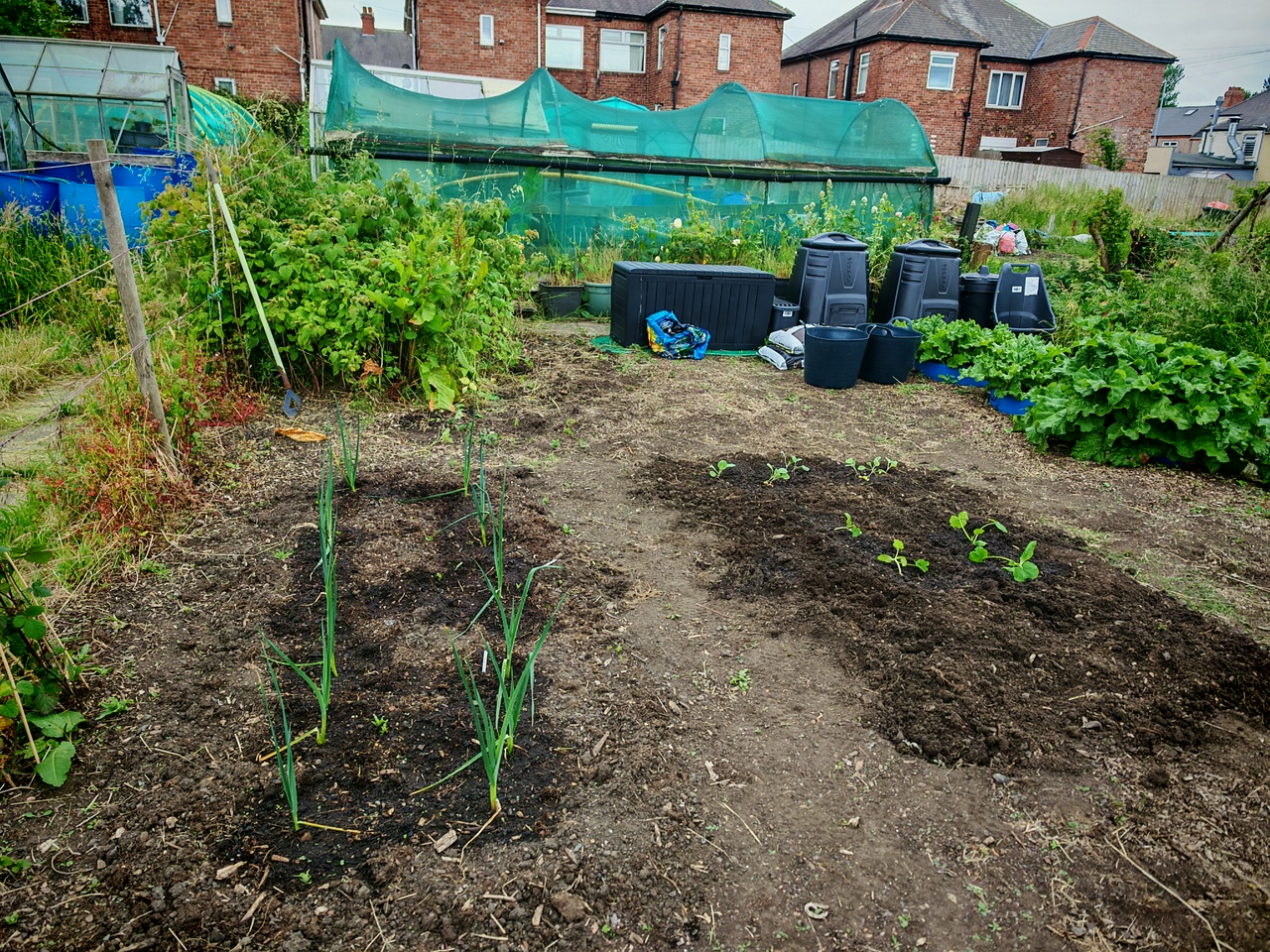
Back at home, time is measured in appointments, alerts, and scrolls, purchases, likes and shares. But here, it flows differently. Weeks pass when little appears to change. Yet underground, everything is shifting.
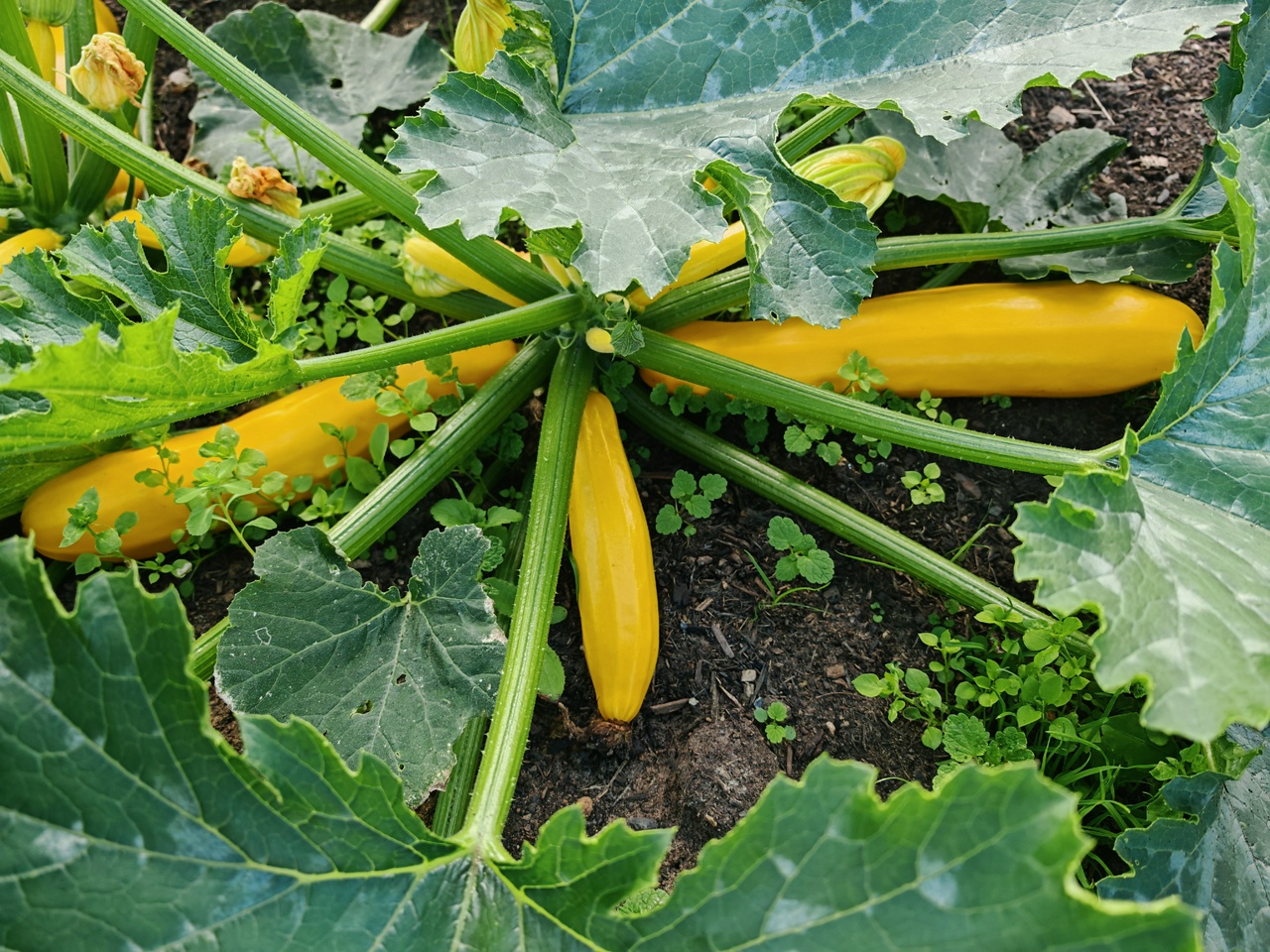
Reading Neil Postman recently has led me to discover Wendell Berry, a Kentucky farmer, poet, and activist, whose work speaks deeply to this slowness. In The Art of the Commonplace (2002), Berry writes:
“Slow down.
Pay attention.
Do good work.
Love your neighbours.
Love your place.
Stay in your place.
Settle for less, enjoy it more.”
Berry believes that caring for land is an act of moral attention, done as a rejection to the speed and abstraction of modern life. Tending the earth becomes a political act; not of protest, but of care. Gardening is not quaint; it's radical.
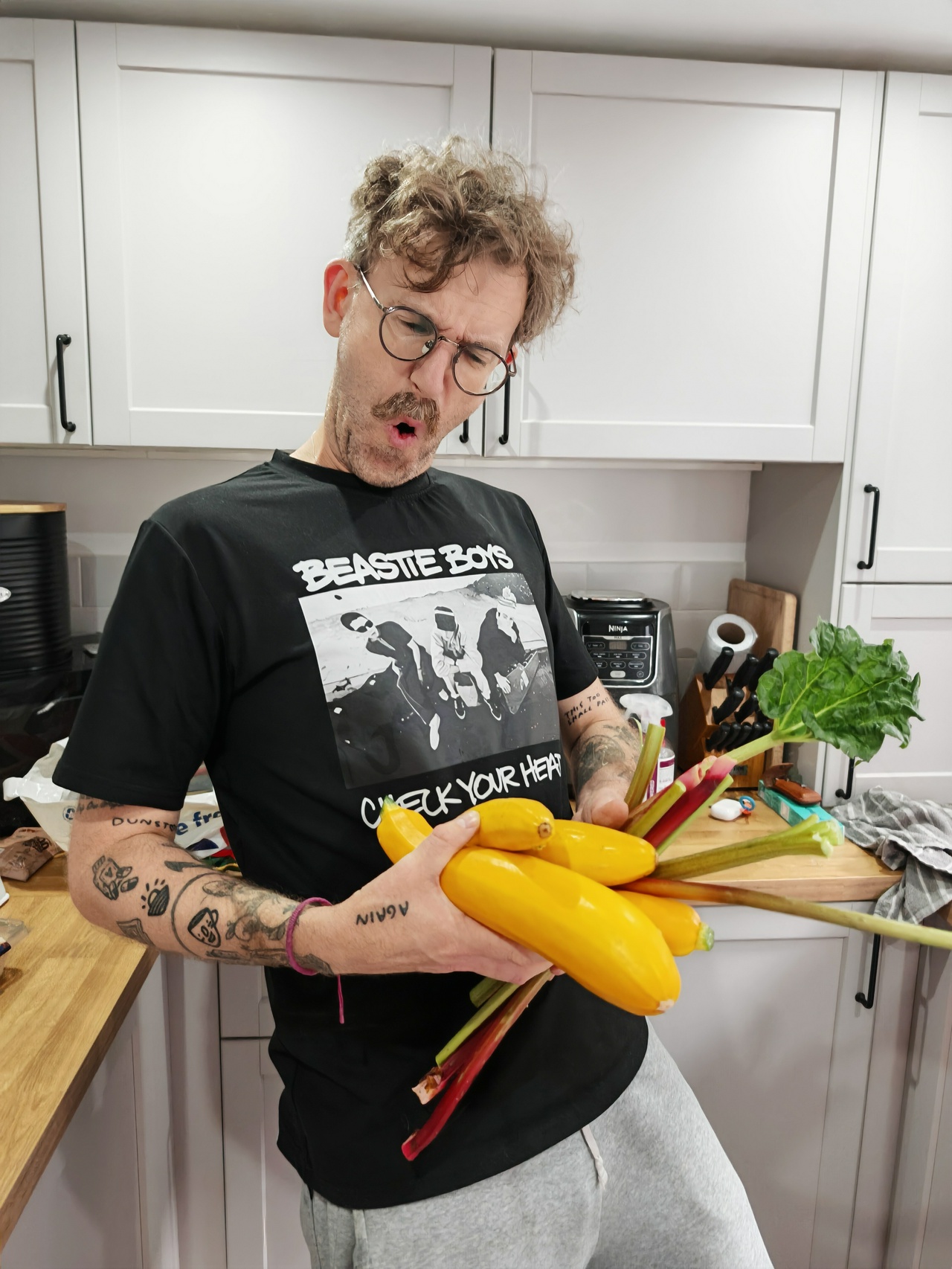
This slow type of growth isn’t always comforting. Often, after hours of graft, the plot looks unchanged. But that, I’ve learned, is the real lesson. It refuses instant gratification. It asks for trust, attention, and faith in the unseen.
Berry puts it simply in Standing by Words (1983):
“It may be that when we no longer know what to do, we have come to our real work, and that when we no longer know which way to go, we have begun our real journey.”
This slow journey is where something real begins to grow.
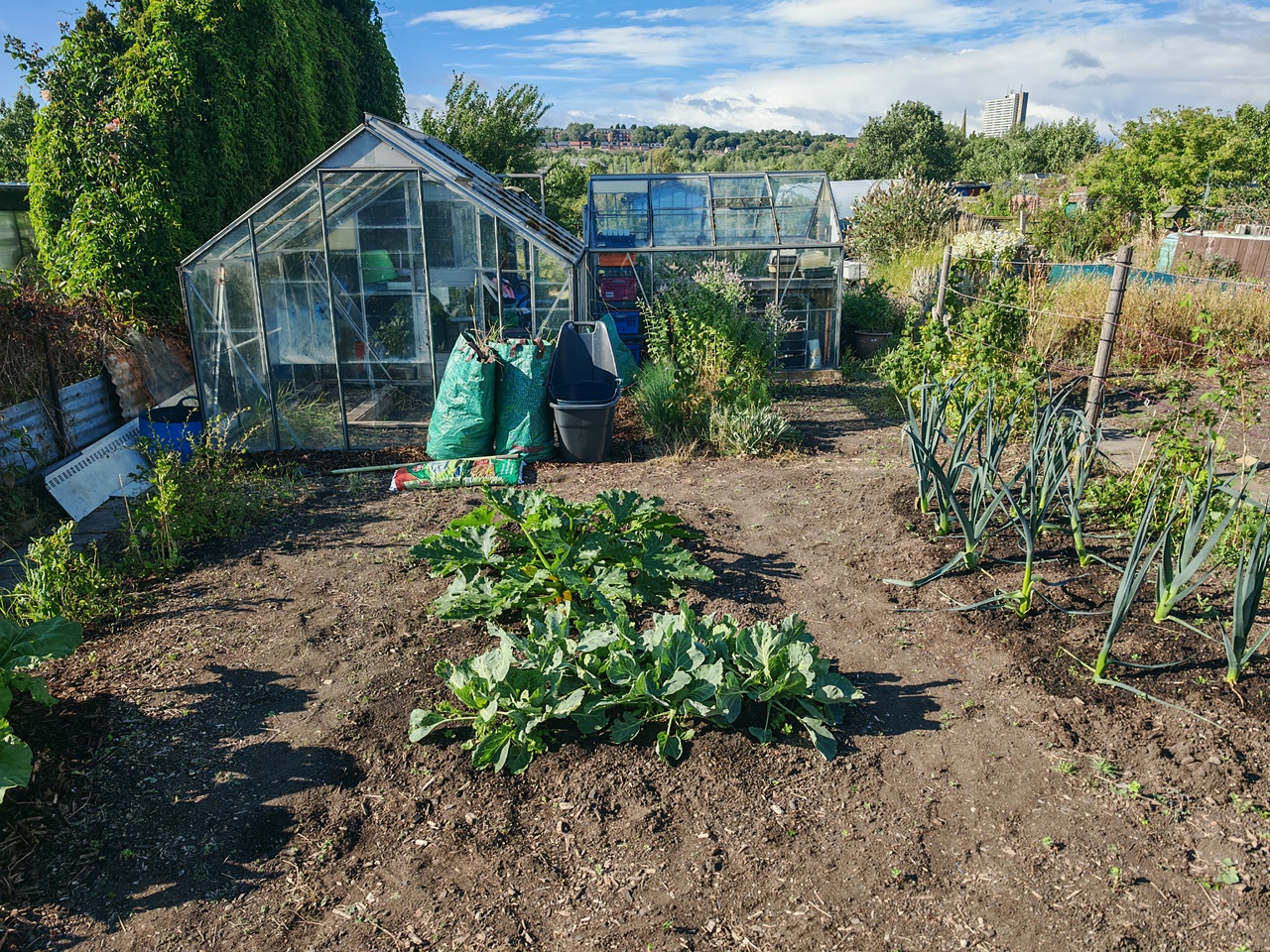
I’ve set up an album to whack in photos as the allotment changes, feel free to have a look.